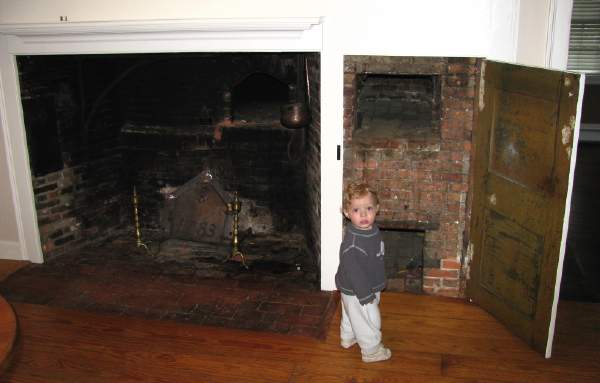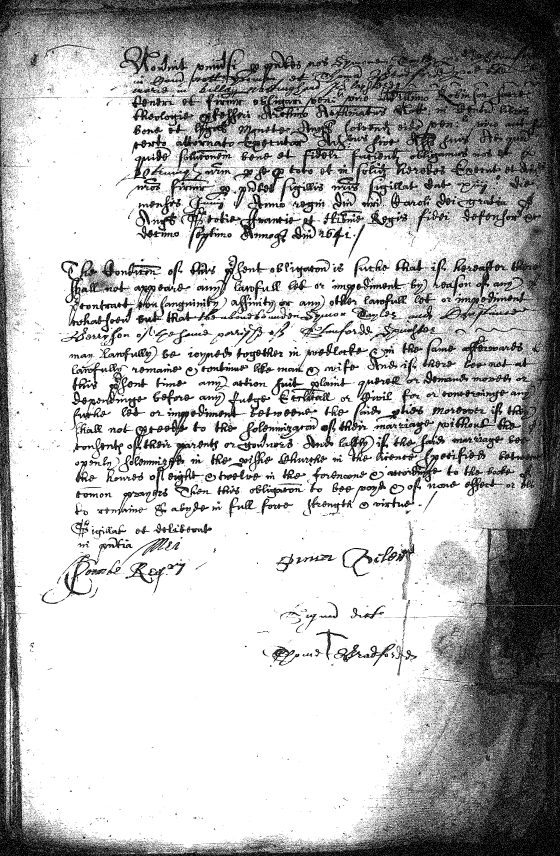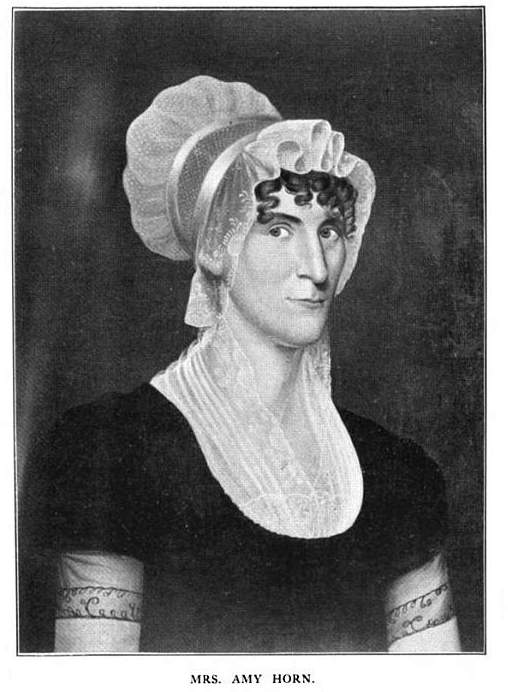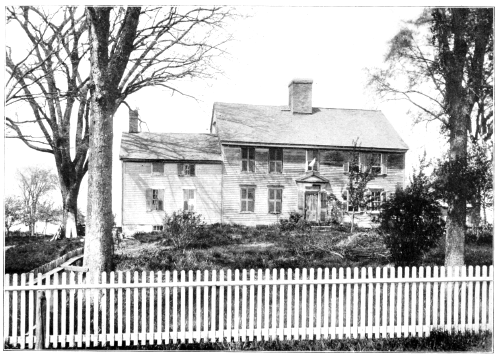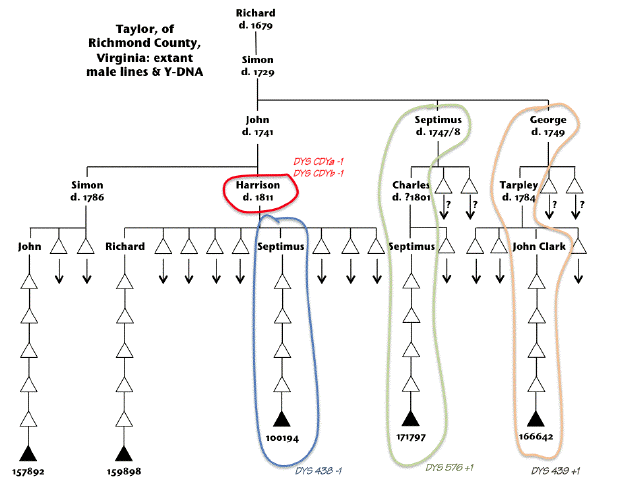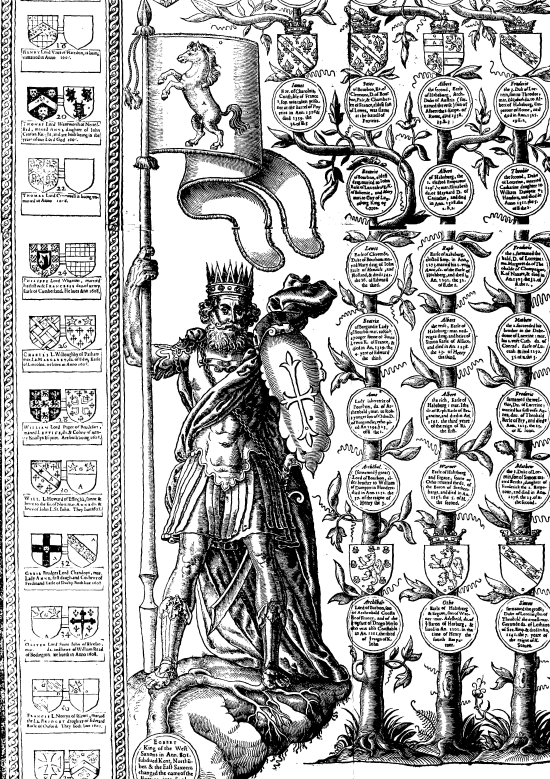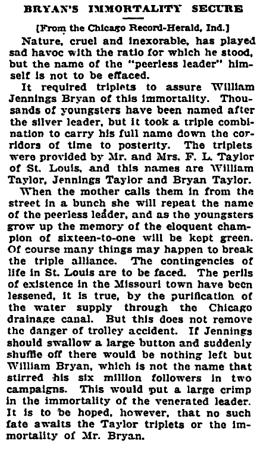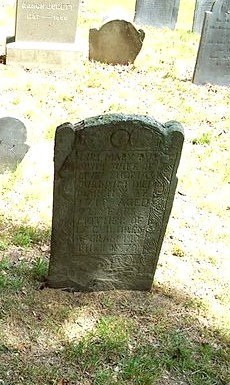That’s what we found this morning, among the miscellanous recycled papers — accounts, one page of a letter, and some odd scraps of letterpress printing — all pasted over some of the remaining vertical boards which made up a dividing wall of the original attic room in our new house. There’s a much newer door in the same attic wall, which is covered with a couple of generations of graffiti by 20th-century kids inhabiting the house (I think from the 50s to 70s). Those kids seem to have used the attic room as a clubhouse, but the 18th-century papering is on the other side of the clubhouse wall. I wonder if any of those kids noticed their predecessors’ trig homework? I’ll try to make a set of legible photos of the various pasted-up papers, though we plan to leave them right where they are, after knocking out the 20th-century lath & plaster now backed up against them.
-
‹ Home
Contents
-
Categories
-
Archives
- September 2023
- July 2023
- June 2023
- December 2022
- December 2013
- August 2013
- December 2012
- November 2012
- June 2012
- May 2012
- December 2011
- October 2011
- September 2011
- August 2011
- July 2011
- May 2011
- April 2011
- March 2011
- February 2011
- December 2010
- November 2010
- October 2010
- September 2010
- August 2010
- July 2010
- June 2010
- May 2010
- April 2010
- March 2010
- January 2010
- December 2009
- November 2009
- September 2009
- July 2009
- June 2009
- May 2009
- March 2009
- February 2009
- January 2009
- December 2008
- November 2008
- October 2008
- September 2008
- August 2008
- July 2008
- June 2008
- April 2008
- March 2008
- February 2008
- January 2008
- December 2007
- September 2007
- August 2007
- July 2007
- June 2007
- June 2006
- July 2005
- May 2005
- March 2005
- August 2004
- July 2004
- June 2004
- May 2004
- March 2004
- January 2004
- October 2003
- July 2003
- July 2001
- February 1996
-
RSS Feeds
-
Meta

